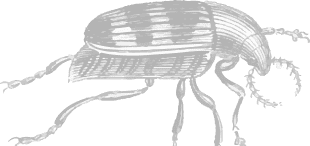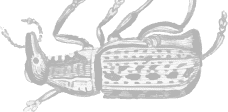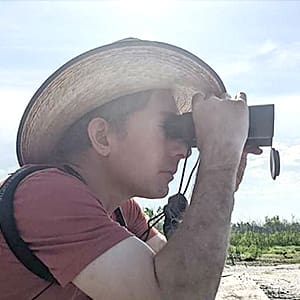PERMANENT EXHIBITION
Frensley/Graham Hall of African Wildlife
Discover the Continent’s Diverse Ecology and Conservation
Explore the Congo Basin, Serengeti Grassland, and Beyond
The Evelyn & Herbert Frensley Hall of African Wildlife celebrates the diversity of African wildlife, featuring seven distinct biomes. Each biome highlights a unique theme of African wildlife ecology and conservation, with over 120 specimens representing more than 70 species. Explore the Congo Basin’s uncharted wilderness, witness the Saharan Desert’s incredible bird migrations, and observe the Serengeti Grassland’s predator-prey dynamics.
Discover the excitement and diversity of African Wildlife with a special focus on rare and endangered species like Okapi, Lowland Gorilla, Mandrill, and Scimitar-horned Oryx. The exhibit also includes species rarely seen in museums, such as Gerenuk, Giant Forest Hog, and various forest primates.
The exhibit provides an immersive experience into the ecology and conservation of the continent’s diverse biomes.
Discover the excitement and diversity of African Wildlife with a special focus on rare and endangered species like Okapi, Lowland Gorilla, Mandrill, and Scimitar-horned Oryx. The exhibit also includes species rarely seen in museums, such as Gerenuk, Giant Forest Hog, and various forest primates.
The exhibit provides an immersive experience into the ecology and conservation of the continent’s diverse biomes.
Open Today: 9:00 am – 5:00 pm
Plan a Visit Adults $25, Children $16
See Admission Located in Level 2
See Accessibility Please Note:
Admission price includes access to all HMNS Exhibit Halls except certain Special Exhibitions and the Brown Hall of Entomology. Access to the Brown Hall of Entomology is included with admission to the Cockrell Butterfly Center.
Admission to the Permanent Exhibits is FREE Tuesday evenings from 5:00-8:00 p.m.
Members: HMNS permanent exhibits are always free!
Admission to the Permanent Exhibits is FREE Tuesday evenings from 5:00-8:00 p.m.
Members: HMNS permanent exhibits are always free!
Exhibition Highlights
Wild Africa
Encounter the Majesty of African Wildlife
In the heart of the museum, a slice of Africa comes alive. Elephants, lions, zebras, and giraffes stand as a testament to the continent’s rich biodiversity. The birds and reptiles, too, play their part in this intricate ecosystem.
African Marvel
The Elephant: A Symphony of Strength
Meet the elephant, a symbol of wisdom in African culture. Its tusks are actually elongated incisors that continue to grow throughout its life. With a trunk containing over 40,000 muscles, it’s a marvel of nature’s engineering.



Meet the Curators
Our curators’ combined expertise ranges from A to Z… from archaeology to zoology!

Daniel M. Brooks, Ph.D.
Curator of Vertebrate Zoology
Dr. Dan Brooks is the curator of vertebrate zoology at the Houston Museum of Natural Science. He oversees a collection of over 5,000 specimens of birds, mammals, herps, and fish from the Texas coastal bend, Africa, Latin America, and select taxonomic groups.